
A visual representation of how the Fermi Lab Muon g-2 experiment works
- Subject:
- Physics
- Science
- Material Type:
- Diagram/Illustration
- Provider:
- Fermi National Lab
- Author:
- Fermi National Lab
- Date Added:
- 11/08/2024

A visual representation of how the Fermi Lab Muon g-2 experiment works

Join a group of middle-school students on a visit to a laboratory at the Massachusetts Institute of Technology, where they experiment with "mystery mud" and learn about the relationships between magnetism, particle motion, and changes in the state of matter.

NASA interactive website that allows students to explore different areas of science through training and then a mission. Great for exploring various interests in science and various careers in NASA.
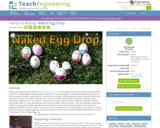
Student pairs experience the iterative engineering design process as they design, build, test and improve catching devices to prevent a "naked" egg from breaking when dropped from increasing heights. To support their design work, they learn about materials properties, energy types and conservation of energy. Acting as engineering teams, during the activity and competition they are responsible for design and construction planning within project constraints, including making engineering modifications for improvement. They carefully consider material choices to balance potentially competing requirements (such as impact-absorbing and low-cost) in the design of their prototypes. They also experience a real-world transfer of energy as the elevated egg's gravitational potential energy turns into kinetic energy as it falls and further dissipates into other forms upon impact. Pre- and post-activity assessments and a scoring rubric are provided. The activity scales up to district or regional egg drop competition scale. As an alternative to a ladder, detailed instructions are provided for creating a 10-foot-tall egg dropper rig.
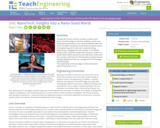
Through two lessons and four activities, students learn about nanotechnology, its extreme smallness, and its vast and growing applications in our world. Embedded within the unit is a broader introduction to the field of material science and engineering and its vital role in nanotechnology advancement. Engaging mini-lab activities on ferrofluids, quantum dots and gold nanoparticles introduce students to specific fields within nanoscience and help them understand key concepts as the basis for thinking about engineering and everyday applications that use next-generation technology nanotechnology.

In this video adapted from NOVA scienceNOW, find out about the discovery of a new building material, the carbon nanotube, whose physical properties could theoretically enable the creation of a 22,000-mile elevator to space.
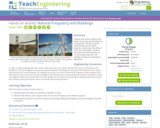
Students learn about frequency and period, particularly natural frequency using springs. They learn that the natural frequency of a system depends on two things: the stiffness and mass of the system. Students see how the natural frequency of a structure plays a big role in the building surviving an earthquake or high winds.
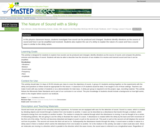
This activity is a classroom lesson on how a slinky relates to sound waves and how sound waves relate to the human ear.
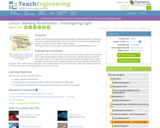
This is the first lesson of this unit to introduce light. Lessons 1-5 focus on sound, while 6-9 focus on light. In this lesson, students learn the five words that describe how light interacts with objects: "transparent," "translucent," "opaque," "reflection" and "refraction."

A visual representation how neutrinos interact with matter

A visual representation of the variety of neutrino flavors and neutrino masses

A visual represetation of how neutrons decay to produce protons and neutrinos

A visual representation of how nuclear reactors create neutrinos

A visual representaion of how neutrinos are released in a supernova

A visual representation of how elements in the body decay into neutrinos and travel through the universe

A visual representation showing the spin of neutrinos
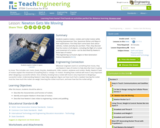
In this lesson, students will explore motion, rockets and rocket motion while assisting Spacewoman Tess, Spaceman Rohan and Maya in their explorations. They will first learn some basic facts about vehicles, rockets and why we use them. Then, the students will discover that the motion of all objects including the flight of a rocket and movement of a canoe is governed by Newton's three laws of motion.
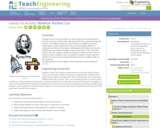
The purpose of this activity is to demonstrate Newton's third law of motion which states that every action has an equal and opposite reaction through a small wooden car. The Newton cars show how action/reaction works and how the mass of a moving object affects the acceleration and force of the system. Subsequently, the Newton cars provide students with an excellent analogy for how rockets actually work.
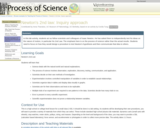
In this lab activity, students independently test Newton's ideas on the nature of motion. Students focus on how they would design a procedure to test Newton's hypothesis and then communicate that idea to others.

In this physics lab, students investigate the motion of different skateboarders pulled with various values of constant force. Using skateboarders of different masses and a variety of constant force values, students produce distance vs. time motion graphs for a number of skateboarding trials. Students may develop their own methods for setting up the lab and recording the necessary data. Following data collection, students analyze the data using Newton's second law and discuss differences between trials, the effects of friction, and possible sources of error in the experiment.